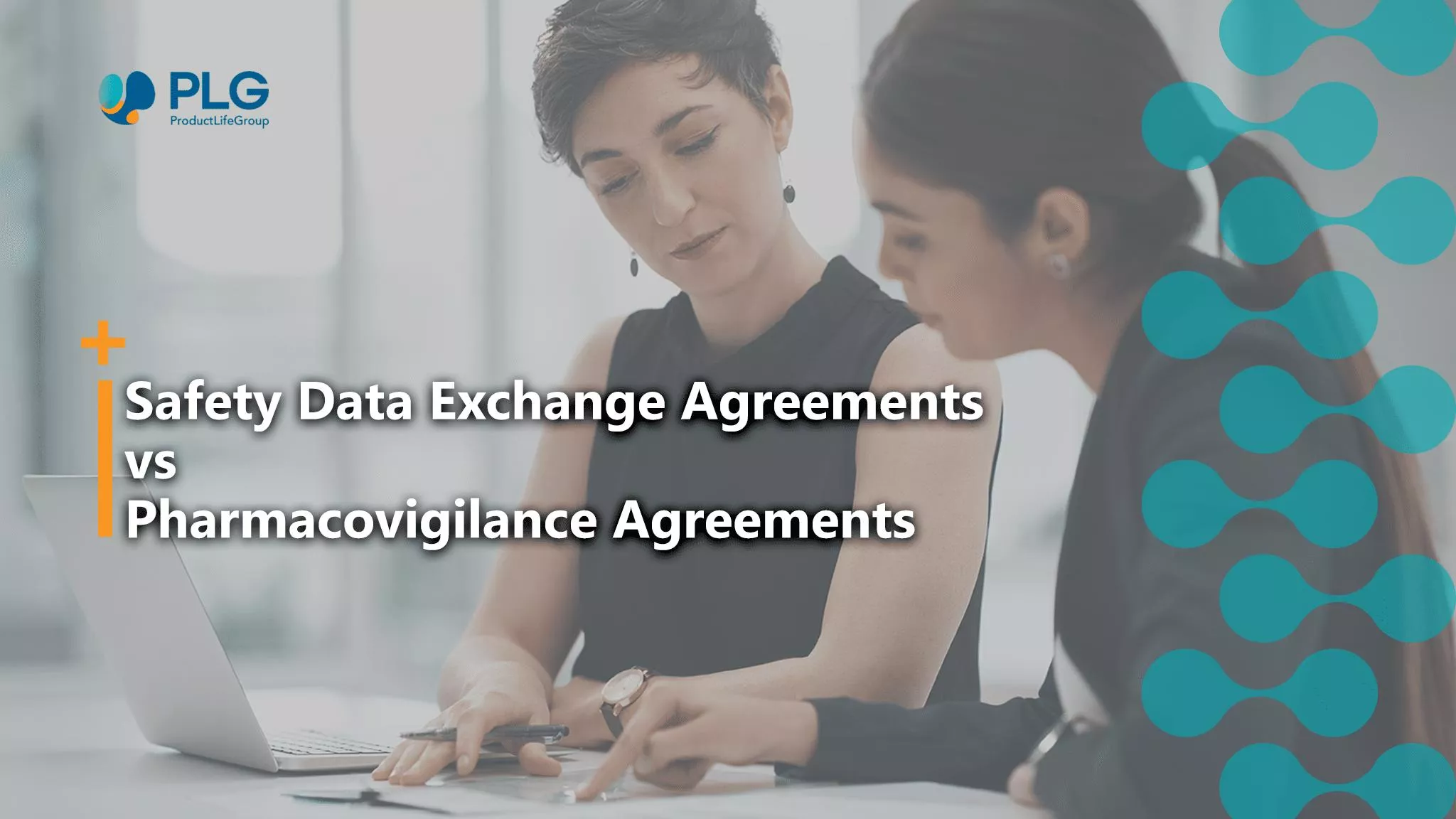
Discover the differences between SDEA and pharmacovigilance agreements and how they can impact the safety of your medicines.
17 january 2024

In the complex landscape of the pharmaceutical industry, ensuring patient safety is paramount. This involves diligent monitoring, reporting, and managing adverse events and other safety-related information associated with medicinal products. Safety Data Exchange Agreements (SDEA) and Pharmacovigilance Agreements are two critical tools that facilitate these efforts. Although often used interchangeably, these agreements serve distinct purposes and play unique roles in drug safety and regulatory compliance.
Understanding Safety Data Exchange Agreements (SDEA)
At the heart of every medicinal product’s lifecycle lies the critical need to monitor and report adverse events and safety data. This is where Safety Data Exchange Agreements (SDEAs) come into play. An SDEA is a contractual arrangement between different entities, such as a marketing authorization holder (MAH), a contract service provider, or other stakeholders involved in the life cycle of a medicinal product. The primary purpose of an SDEA is to facilitate the organized and standardized exchange of safety-related information, including adverse event reports, product complaints, and other relevant data.
What are Pharmacovigilance Agreements
While Safety Data Exchange Agreements focus on seamlessly exchanging safety-related information, Pharmacovigilance Agreements encompass a broader scope. A Pharmacovigilance Agreement is a comprehensive document that outlines the entire pharmacovigilance framework for a specific medicinal product. It serves as a roadmap for how adverse events and safety data will be managed, monitored, assessed, and reported in alignment with regulatory obligations.
Here, we see the differentiation between Safety Data Exchange Agreements (SDEA) and Pharmacovigilance Agreements:
| Aspect | Safety Data Exchange Agreements (SDEA) | Pharmacovigilance Agreements |
| Purpose | Facilitate the exchange of safety data between entities involved in the product life cycle. | Establish a comprehensive framework for pharmacovigilance activities associated with a specific medicinal product. |
| Scope | Focuses on standardized data exchange for adverse events, product complaints, and safety information. | Encompasses the entire pharmacovigilance system, including data collection, assessment, reporting, and risk management. |
| Entities Involved | Marketing authorization holder (MAH), contract service providers, local affiliates, etc. | MAH, local representatives, contract service providers, and other relevant stakeholders. |
| Responsibilities | Defines roles and responsibilities for data exchange and reporting activities. | Outlines responsibilities for various pharmacovigilance activities, including data collection, analysis, and reporting. |
| Data Exchange Processes | Outlines processes for reporting, collecting, and sharing safety data. | Specifies guidelines for reporting adverse events, product complaints, and other safety-related information. |
| Data Quality and Timeliness | Establishes mechanisms to maintain data quality, completeness, and timeliness. | Ensures accuracy, consistency, and timely reporting of safety data. |
| Signal Detection and Assessment | May include protocols for signal detection, assessment, and management. | May detail procedures for identifying and managing potential safety signals. |
| Regulatory Reporting | Specifies procedures for regulatory reporting of safety data. | Provides protocols for regulatory submissions, including periodic safety update reports (PSURs). |
| Communication | Primarily focuses on data exchange and coordination. | Addresses communication with regulatory authorities, healthcare professionals, patients, and other stakeholders. |
| Risk Management | Generally, it does not extensively cover risk management strategies. | May include provisions for risk management plans and actions to mitigate identified risks. |
Conclusion
Safety Data Exchange Agreements and Pharmacovigilance Agreements are distinct but interconnected tools in the pharmaceutical industry’s commitment to patient safety and regulatory compliance. While SDEAs streamline the exchange of safety data, Pharmacovigilance Agreements establish a comprehensive framework for managing the entire pharmacovigilance lifecycle. Understanding their unique roles is crucial for fostering a safe and compliant environment within the pharmaceutical landscape.
Register to our news and events
Go to our Events to register
Go to our News to get insights
